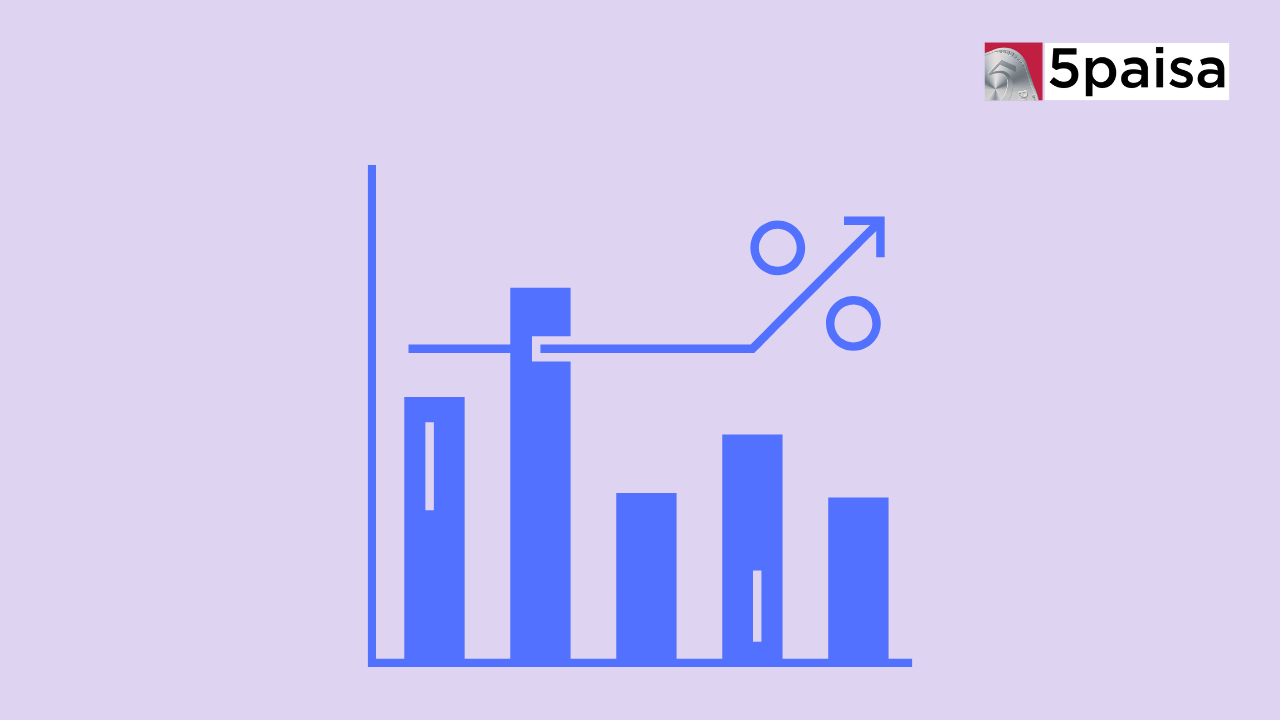Weekly Wrap-Up - Gaurav Munjal: Lone Wolf of Indian Edtech
Quick Ratio

Last Updated: 6th June 2024 - 11:54 am
Understanding and managing a company's financial health is key to long-term success. One crucial element is assessing the company's ability to meet short-term obligations. This is where the quick ratio, also known as the acid-test ratio, comes in. It's not just a theoretical concept but a practical tool that helps businesses evaluate their liquidity position and determine their capacity to pay off current liabilities using their most liquid assets.
What is the Quick Ratio?
The quick ratio is a financial metric that measures a company's ability to meet its short-term liabilities or obligations using its most liquid assets. These liquid assets refer to cash and cash equivalents, marketable securities, and accounts receivable – assets that can be quickly converted into cash without losing significant value. The quick ratio is considered a more conservative measure of liquidity compared to the current ratio because it excludes inventory and other current assets that may not be easily convertible into cash.
By analysing the quick ratio, businesses can gain a practical understanding of their capacity to pay off current liabilities without relying on the sale of inventory or obtaining additional financing. A higher quick ratio indicates a stronger liquidity position, while a lower ratio may suggest potential challenges in meeting short-term obligations.
The Quick Ratio Formula (With Example)
The quick ratio calculates a company's liquid assets by its current liabilities. Here's the formula:
Quick Ratio = (Cash and Cash Equivalents + Marketable Securities + Accounts Receivable) / Current Liabilities
If a company's balance sheet does not provide a breakdown of its current assets, an alternative formula can be used:
Quick Ratio = (Current Assets - Inventory - Prepaid Expenses) / Current Liabilities
For example, let's assume a company has the following financial information:
● Cash and Cash Equivalents: ₹10,000
● Marketable Securities: ₹5,000
● Accounts Receivable: ₹15,000
● Current Liabilities: ₹20,000
Using the formula, the quick ratio would be:
Quick Ratio = (₹10,000 + ₹5,000 + ₹15,000) / ₹20,000 = 1.5
This quick ratio of 1.5 indicates that the company has ₹1.50 in liquid assets for every ₹1 of current liabilities, suggesting a strong liquidity position.
Components of the Quick Ratio
The quick ratio comprises two main components:
● Liquid Assets (Quick Assets): Liquid assets, also known as quick assets, are current assets that can be easily converted into cash quickly. These include:
○ Cash and Cash Equivalents: Cash on hand, balances in checking and savings accounts, and short-term investments (e.g., money market funds).
○ Marketable Securities: Investments in stocks, bonds, or other securities that can be readily sold on the open market.
○ Accounts Receivable: Amounts owed to the company by customers for goods or services provided on credit.
● Current Liabilities: Current liabilities are short-term obligations or debts a company must pay within one year. Examples of current liabilities include accounts payable, short-term loans, outstanding expenses, and taxes payable.
Importance of the Quick Ratio
The quick ratio plays a pivotal role in financial decision-making, providing a clear picture of a company's financial health and liquidity position. Here are some key reasons why the quick ratio is of utmost importance:
● Measures Short-term Solvency: The quick ratio provides insight into a company's ability to meet its short-term financial obligations using its most liquid assets. This is particularly important for businesses with significant current liabilities, such as accounts payable or short-term debt.
● Supports Credit Decisions: Lenders, suppliers, and creditors often consider the quick ratio when evaluating a company's creditworthiness. A higher quick ratio can increase the likelihood of obtaining favourable credit terms or financing arrangements.
● Identifies Potential Cash Flow Issues: A low quick ratio may indicate potential cash flow problems, which could impact a company's ability to pay its bills, meet payroll obligations, or invest in growth opportunities.
● Aids in Financial Planning: By analysing the quick ratio, businesses can make informed decisions regarding their cash management strategies, inventory levels, and overall financial planning efforts.
Interpretation of Quick Ratio Results
Interpreting the quick ratio results can provide valuable insights into a company's liquidity position. Here's a general guideline for interpreting the quick ratio:
● Quick Ratio of 1 or Higher: A quick ratio of 1 or higher is generally considered ideal, as it suggests the company has sufficient liquid assets to cover its current liabilities. This indicates a strong liquidity position and a lower risk of defaulting on short-term obligations.
● Quick Ratio Below 1: When the quick ratio falls below 1, it may indicate potential liquidity issues. The company may find it challenging to meet its current liabilities using its liquid assets alone, and additional financing or asset liquidation may be required. However, it's crucial to exercise caution and consider industry benchmarks or competitors' ratios for a more comprehensive analysis. However, it's important to note that the ideal quick ratio can vary across industries and should be compared to industry benchmarks or competitors' ratios for a more comprehensive analysis.
Current Ratio vs. Quick Ratio
While both the current ratio and the quick ratio are used to assess a company's liquidity, there is a key difference between the two:
● The current ratio considers all current assets, including inventory and prepaid expenses, as coverage for current liabilities. It provides a broader view of a company's ability to meet short-term obligations.
● On the other hand, the quick ratio is a more conservative measure as it excludes inventory and prepaid expenses from the calculation. This is because inventory may not be easily convertible into cash, and prepaid expenses cannot be used to pay off current liabilities.
● The quick ratio is often considered a more stringent liquidity test, focusing solely on the most liquid assets available to meet immediate obligations.
Limitations of the Quick Ratio
While the quick ratio is a valuable tool for assessing liquidity, it has several limitations that should be considered:
● Inventory Exclusion: For businesses with a high inventory turnover rate, such as retailers or wholesalers, excluding inventory from the calculation may understate their true liquidity position.
● Accounts Receivable Quality: The quick ratio assumes that all accounts receivable will be collected within the desired time frame. However, if a significant portion of accounts receivable becomes uncollectible or takes longer to collect, it can impact the company's liquidity.
● Static Snapshot: The quick ratio provides a snapshot of a company's liquidity at a specific point in time. It does not consider future cash flows or company financial position changes.
● Industry-specific Considerations: The ideal quick ratio can vary across industries, and what may be considered a healthy ratio in one industry may be viewed differently in another.
To overcome these limitations, it is recommended that the quick ratio be analysed in conjunction with other financial ratios and industry benchmarks, as well as qualitative factors such as the company's overall financial health, management decisions, and market conditions.
Conclusion
The quick ratio is a valuable financial metric that provides insight into a company's ability to meet its short-term obligations using its most liquid assets. By understanding the components of the quick ratio, its interpretation, and its limitations, businesses can make informed decisions regarding their liquidity management strategies. While a high quick ratio generally indicates a strong liquidity position, it should be analysed in the context of industry benchmarks, competitors' ratios, and other financial indicators to comprehensively understand a company's financial health.
Frequently Asked Questions
What Does A Quick Ratio Indicate?
What Industries Typically Have Lower Quick Ratios?
What Can Cause Fluctuations In The Quick Ratio?
- Flat ₹20 Brokerage
- Next-gen Trading
- Advance Charting
- Actionable Ideas
Trending on 5paisa
Business and Economy Related Articles
Disclaimer: Investment in securities market are subject to market risks, read all the related documents carefully before investing. For detailed disclaimer please Click here.
 5paisa Research Team
5paisa Research Team
 Sachin Gupta
Sachin Gupta




